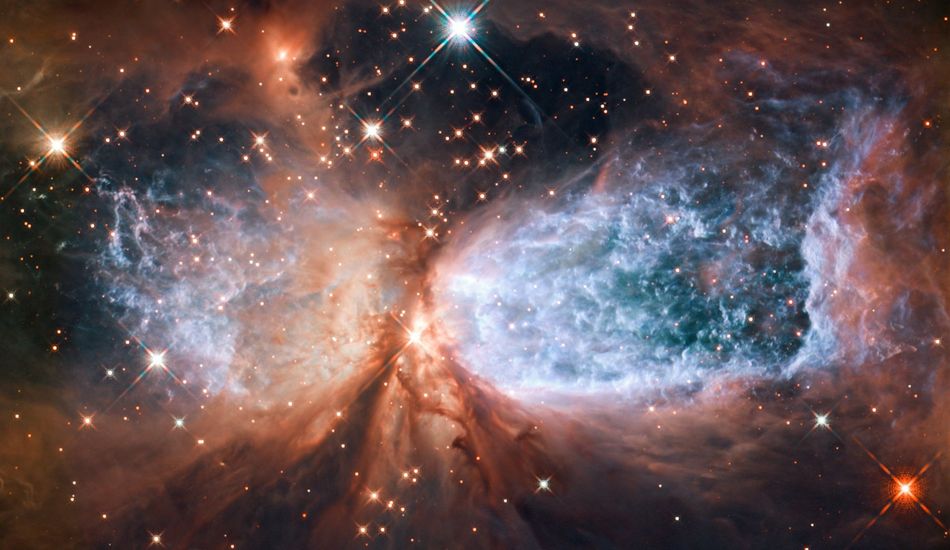
Scientists Recreate Helium Hydride, Revealing Secrets of Early Star Formation
Ever wondered how the first stars came to be after the Big Bang? It's a question that has puzzled scientists for ages. Now, researchers at the Max Planck Institute have shed some new light on the subject by recreating helium hydride, the universe's first molecule, in a lab setting.
What they discovered is pretty cool. It turns out that helium hydride likely played a much bigger role in the birth of stars than we previously thought. You see, it helped primordial gas clouds cool down and collapse, eventually leading to the formation of those first stars.
In a groundbreaking experiment, the team recreated collisions between helium hydride and deuterium under conditions similar to those in space. Contrary to what earlier theories predicted, they found that the reaction rate remained constant even as the temperature dropped. Holger Kreckel, a researcher at Max Planck, emphasized that these reactions appear to have been far more important for chemistry in the early universe than previously assumed.
Now, how does helium hydride actually help in star formation? Well, it participates in reactions that produce molecular hydrogen. This molecular hydrogen acts as a coolant, helping nebulae lose heat and condense. Think of it like this: imagine a hot air balloon. If you let the hot air out, the balloon starts to come down. Similarly, molecular hydrogen helps these gas clouds cool down and collapse, ultimately leading to the birth of stars. The researchers used the Cryogenic Storage Ring to simulate space-like conditions, and it allowed them to study these reactions. By adjusting the speeds of the particle beams, they were able to observe how the collision rate varied with collision energy, which is directly related to temperature.
The fact that the reaction rate remained constant even at low temperatures was quite surprising. It suggests that helium hydride remains chemically active even in cold conditions. This discovery might require us to rethink our understanding of helium chemistry in the early universe, and it emphasizes the need for ongoing investigation into the chemical processes that shaped the cosmos. It's pretty amazing to think that such a tiny molecule could have had such a profound impact on the formation of the universe as we know it!
Source: Gizmodo